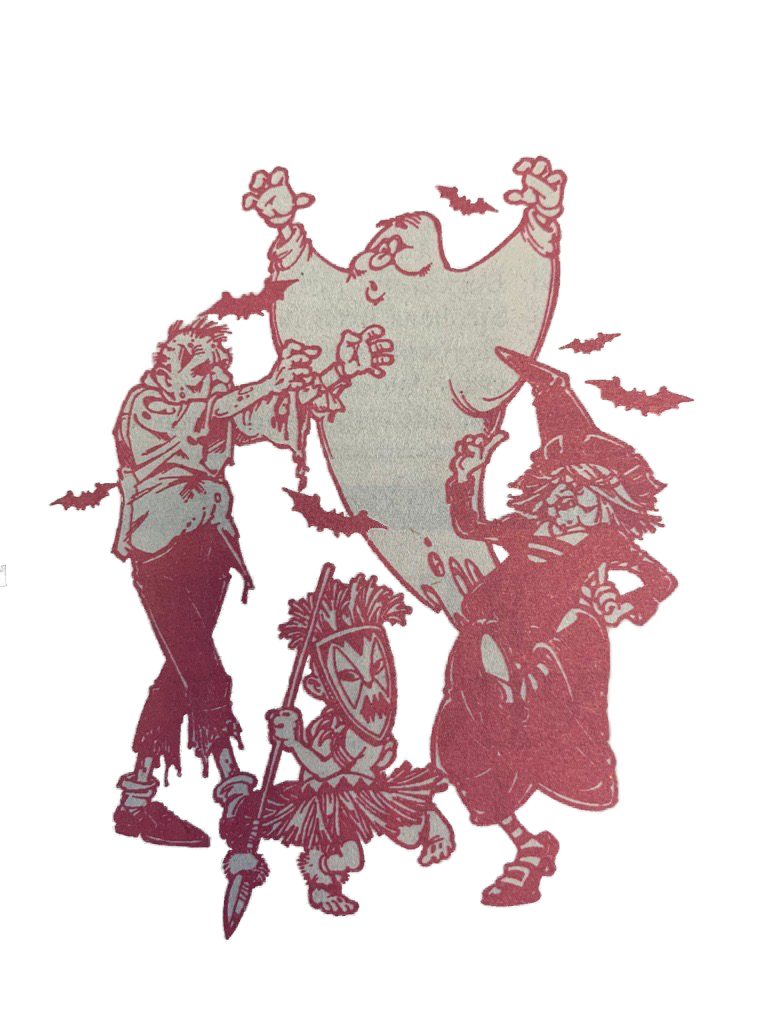Although more and more publications are finding their way onto computer screens, it’s nice to see the McDermott Library celebrating the acquisition of its one-millionth volume.
True, “Flora Londinenis” will be digitized and made available to countless students and literary scholars in an electronic format, but the presence of one million actual, physical pieces in the collection speaks volumes on the state of the book. The printed word has survived the arrival of the digital age without the angels trumpeting a melancholy threnody.
UTD’s library continues to grow at a rate of 25,000-30,000 volumes per year according to Dean of Libraries Larry Sall. That means that for almost every student at UTD (14,435 as of Aug. 25), the library adds almost two volumes per annum.
Turning the page to the UT-Austin, the library there reported on its web site 8,074,630 volumes at the end of the 2000-01 term. Perhaps more noteworthy, throughout the 1990s, the library acquired no less than 120,000 volumes per year.
On a grander scale, the Library of Congress puts millions more volumes on the shelves each year. In 2001, the Library of Congress reported a total collection spanning more than 124 million pieces, 28 million of which were books. And tens of thousands of these books come from the U.S. Supreme Court next door, whose library and hallway stacks are packed to the gills.
It would seem that the book is running out of shelf space rather than shelf life. Who thought that books had no spine?
In the consumer market, book sales read like “Candide” – it’s the best of all possible worlds.
According to studies by R.R. Bowker and the Association of American Publishers cited on The Write News web site, the number of books published increased 19 percent in 2003, while sales may have grown as much as 6.3 percent.
According to Scholastic books web site, the “Harry Potter” series alone has sold more than a quarter of a billion books worldwide. The latest installment in the series, “Harry Potter and the Order of the Phoenix” sold 6.8 million in its first run and another 1.7 million in its second run. Wizards aside, that’s a lot of books.
The total value of the books and publishing market reached $35 billion in 2002, according to a Euromonitor International report from April 2003. Even though the report noted growth in the book market had declined since the torrid pace of sales in the 1990s, it predicted that the market would reach $38 billion in 2007, likely stimulated by “modest price increases,” “renewed volume growth” and continuing success of book superstores such as Barnes & Noble and Borders.
In 2007, the United States population will approach 292,583,000, according to the middle range-projection provided by the U.S. Census Bureau. With $38 billion on the books…for books, that means in 2007, Americans may spend as much as $130 each on books.
That sum may not seem much compared to a semester’s worth of college books, but that’s plenty of pages to peddle and ponder.
The word “book” derives from the same Germanic root as “beech,” because in ancient times, the early Germanic peoples would write on strips of beech tree. All these years later, even though a story can be enjoyed by tape, video, or computer, the printed word remains, bound to the book. Whatever the next chapter of history brings in technology, the book shall remain a necessary page.
– THE END –



